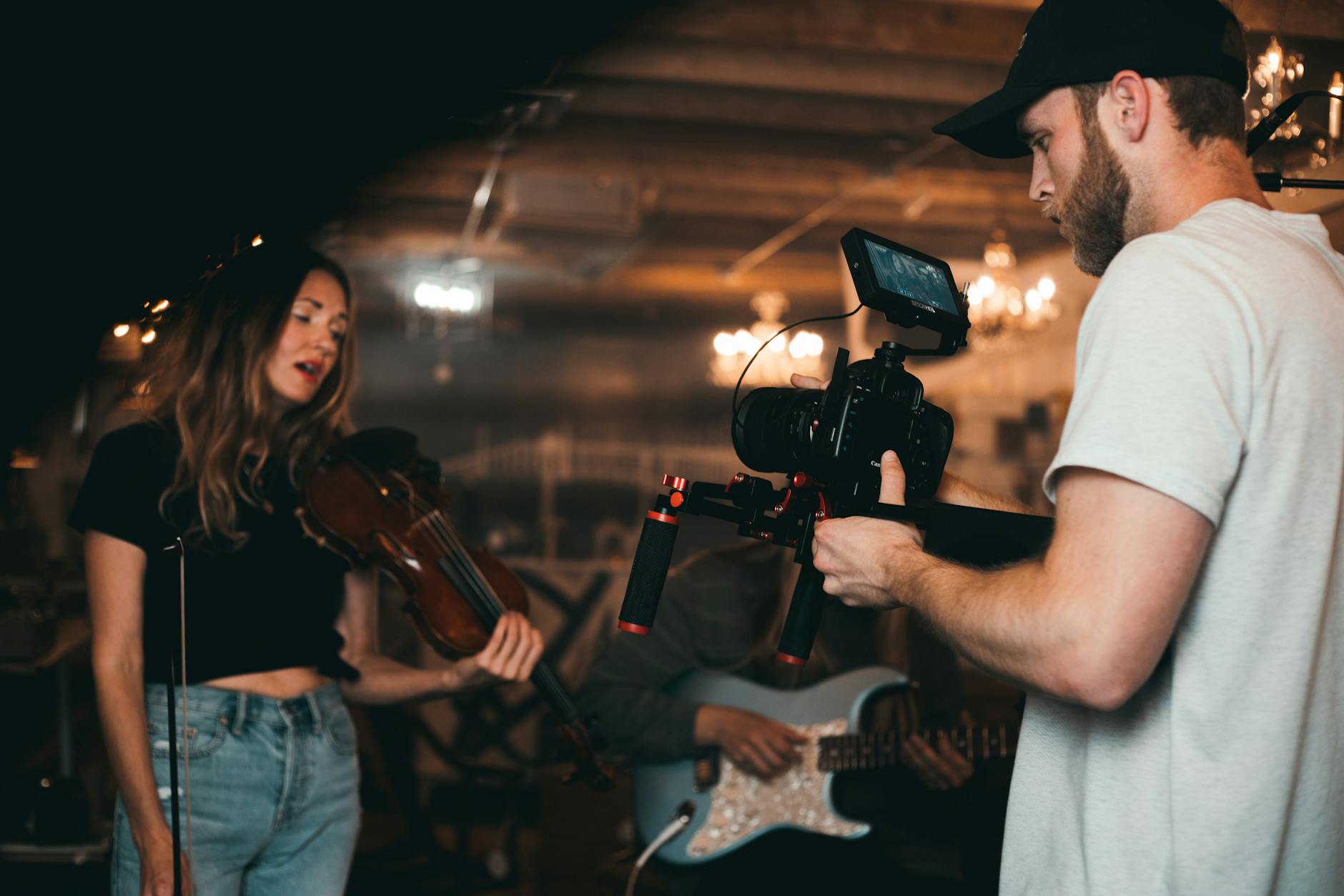
In the digital age, video content has become an integral part of our daily lives. From entertainment to education, videos dominate various platforms, captivating audiences worldwide. But behind every captivating video lies the skillful work of a video editor. In this comprehensive guide, we delve into the world of video editing, exploring its definition, the path to becoming a professional video editor, and the top-notch software tools available in the market.
Table of Contents
What is Video Editing?
Video editing is the process of manipulating and rearranging video shots to create a cohesive and engaging narrative. It involves trimming, cutting, adding transitions, effects, audio enhancements, and more to polish raw footage into a finished product. Video editing not only enhances the visual appeal of the content but also plays a crucial role in storytelling, pacing, and conveying emotions effectively.
How to Become a Professional Video Editor
Becoming a professional video editor requires a combination of technical skills, creativity, and dedication. Here are the steps to kickstart your journey:
Learn the Basics: Familiarize yourself with video editing concepts, terminologies, and techniques. Start by understanding different video formats, aspect ratios, frame rates, and resolutions.
Acquire Editing Software Skills: Master popular video editing software such as Adobe Premiere Pro, DaVinci Resolve, Final Cut Pro, and Avid Media Composer. Each software has its unique features and interface, so it’s essential to experiment and practice with different tools.
Build a Portfolio: Create a portfolio showcasing your best work. Include diverse projects to demonstrate your versatility and proficiency in handling various editing styles and genres.
Continuous Learning: Stay updated with the latest trends, techniques, and software updates. Join online communities, forums, and workshops to learn from experienced professionals and exchange ideas.

Networking: Network with industry professionals, filmmakers, and content creators. Building connections can open up opportunities for collaboration, freelance gigs, and job prospects.
Seek Feedback: Solicit feedback on your work to identify areas for improvement. Constructive criticism from peers and mentors can help refine your skills and enhance your editing prowess.
Stay Creative: Cultivate your creativity by exploring different storytelling techniques, experimenting with visual effects, and pushing the boundaries of conventional editing norms.
Comparing Video Editing Software
Comparing Video Editing Software
- Adobe Premiere Pro:
- Widely used by professionals in the industry.
- Offers comprehensive editing tools, advanced effects, and seamless integration with other Adobe Creative Cloud apps.
- Subscription-based model with regular updates and customer support.
- DaVinci Resolve:
- Known for its powerful color grading capabilities.
- Includes professional-grade editing, audio post-production, and visual effects features.
- Free version available with limitations; paid version offers additional functionalities.
- Final Cut Pro:
- Exclusive to Mac users, favored by many video editors and filmmakers.
- Intuitive interface with efficient workflow and seamless integration with Apple hardware.
- One-time purchase with regular updates and support.
- CapCut (formerly known as Viamaker):
- Mobile-friendly video editing app developed by Bytedance (creators of TikTok).
- User-friendly interface with basic editing tools, filters, and effects.
- Suitable for casual video editing and social media content creation.
Top-Quality Video Cameras
Sony A7S III:
- Full-frame mirrorless camera with exceptional low-light performance.
- 4K video recording at 120fps, 10-bit 4:2:2 color depth, and advanced autofocus capabilities.
- Ideal for professional videographers and content creators.
Canon EOS C300 Mark III:
- Cinema-grade camera designed for filmmaking and documentary production.
- Super 35mm Dual Gain Output (DGO) sensor for superior dynamic range and image quality.
- Supports 4K/120fps recording, Canon Log 2, and Canon Log 3 gamma curves.
Blackmagic URSA Mini Pro 12K:
- Revolutionary camera with a 12K Super 35mm sensor for unparalleled image resolution.
- Offers high frame rate recording, built-in ND filters, and Blackmagic RAW codec.
- Ideal for high-end productions, commercial projects, and VFX-intensive workflows.
Panasonic Lumix GH5:
- Mirrorless camera renowned for its video capabilities and versatility.
- 4K/60fps recording, 10-bit internal recording, and 5-axis in-body stabilization.
- Lightweight and portable, suitable for indie filmmakers, vloggers, and content creators.
In conclusion, video editing is both an art and a science, requiring technical proficiency, creativity, and continuous learning. By mastering essential skills, honing your craft with the right software tools, and utilizing top-quality equipment, you can embark on a rewarding journey as a professional video editor, shaping compelling narratives and captivating audiences worldwide.
